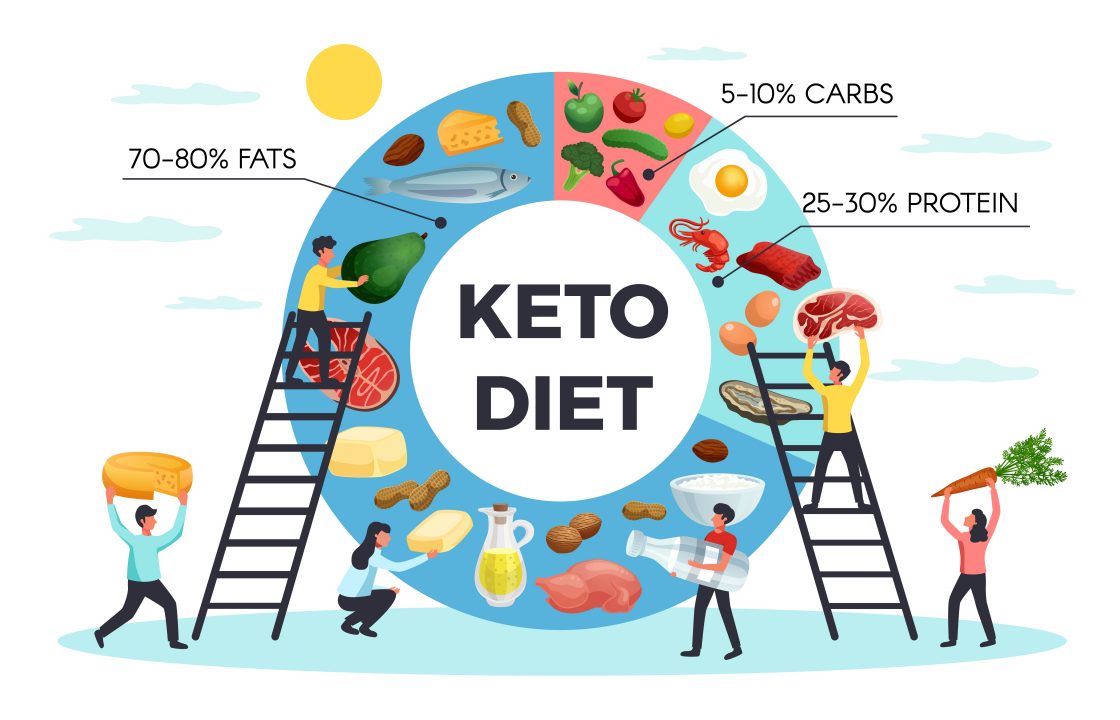Fatty liver or steatosis occurs in about 25–30% of the general U.S. population, 35% worldwide, and 90% chronic alcohol abusers. As shown in Table 1, which lists the potential causes of fatty liver, this disorder is increasingly recognized for its development in the absence of alcohol. The broad term, nonalcoholic fatty liver disease (NAFLD), refers to a broad spectrum of liver disease ranging from steatosis (nonalcoholic fatty liver or NAFL), nonalcoholic steatohepatitis (NASH), fibrosis, and cirrhosis.

- Table 1: Conditions Associated with Fatty Liver
| • Alcoholism
• Type 2 diabetes mellitus • Metabolic syndrome • Obesity • Polycystic ovary syndrome • Obstructive sleep apnea • Dyslipidemia • Parenteral nutrition • Pancreato-duodenal resection • Hypopituitarism • Hypogonadism • Hypothyroidism • Iatrogenic • Amiodarone • Methotrexate • Tamoxifen • Corticosteroids • Refeeding syndrome |
There is an added risk of hepatocellular carcinoma when the disease progresses to the stage of cirrhosis. Over the past decade, there has been increased recognition of NAFLD as the hepatic spectrum of metabolic syndrome. Individuals diagnosed with NAFLD consistently have similar comorbidities of Type 2 diabetes mellitus (T2DM), insulin resistance, abdominal obesity, and hyperlipidemia.

Most patients with NAFLD are virtually asymptomatic, and diagnosis may have only occurred due to testing or screening for an unrelated condition. Diagnosis is typically made using information from both history and physical examination. Hepatomegaly can be a common clinical sign. Typical abnormalities in laboratory tests are slightly or moderately elevated gamma-glutamyl transferase (GGT) and serum transaminases (AST and ALT). Other markers of inflammation from markers such as C-reactive protein may be present. Visual imaging using MRI, CT, or ultrasound can detect the presence of fat accumulation or other histological changes within the liver. It is difficult to assess the range of cell damage with imaging.
If the disease progresses toward cirrhosis, cells filled with fat and inflammatory cells are replaced with scar tissue.

Nutrition Therapy Recommendations for fatty liver disease:
- Studies show that losing 10 percent of your weight causes the liver enzymes to improve, which reduces the liver inflammation caused by the extra fat.
- Eat plenty of vegetables, fruits, and whole grains. These foods are high in fiber and have nutrients that your body needs for good health.
- Avoid processed carbohydrates and simple sugars, including white flour, foods made from white flour, sucrose/sugar, honey, jelly, jam, raw sugar, molasses, brown sugar, and agave.
- Avoid foods with high-fructose corn syrup.
- Choose lean meats and fish and other protein foods low in fat: Limit red meat to three times per week.
- Choose foods low in sodium and do not add salt to your food. Generally, it would be best to look for those foods with less than 250 mg of sodium per serving on a food label.
- Avoid all alcoholic beverages.
- Choose fats wisely:
- Include mostly monounsaturated fats with omega-3 fatty acids.
- Avoid trans fats found in any food made with hydrogenated oil, including many packaged and fried foods. If a food has less than half a gram of trans fat per serving, the food manufacturer can list “zero grams of trans fat” on the food label, so it is best to check the ingredient list for “partially hydrogenated” oils.
- Work toward a healthy weight.
- Get regular physical activity—a minimum of 150 minutes per week to include endurance and strength exercises.

References:
https://accessmedicine.mhmedical.com/content.aspx?bookid=2129§ionid=192283783
https://pubmed.ncbi.nlm.nih.gov/27768909/
https://pubmed.ncbi.nlm.nih.gov/27995280/
https://pubmed.ncbi.nlm.nih.gov/28298269/



